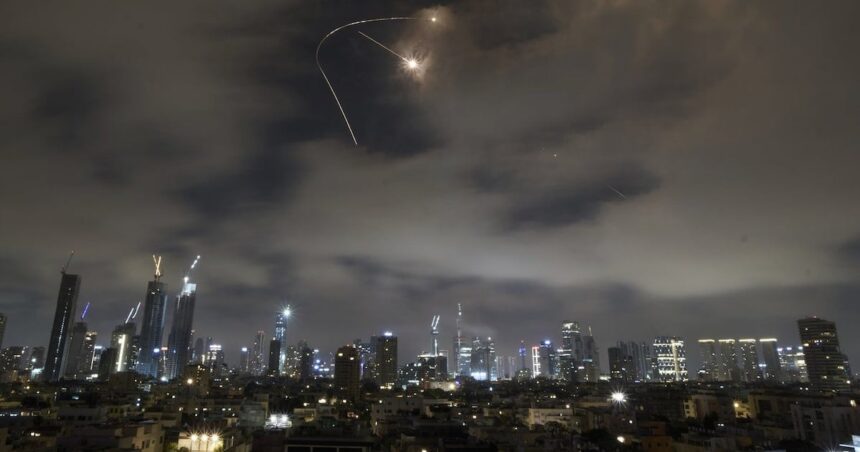The prospect of a protracted conflict between Israel and Iran looms larger than ever as Israeli officials openly acknowledge preparations for what could become a lengthy military engagement. Following Iran’s unprecedented direct missile attack on Israeli territory earlier this month, the volatile Middle East stands at a precarious crossroads that threatens to redraw regional power dynamics.
“We’re witnessing a paradigm shift in the decades-long shadow war between Israel and Iran,” said Dr. Raphael Cohen, senior security analyst at the Institute for Strategic Studies, in an exclusive interview. “What was once conducted through proxies and covert operations has now erupted into direct military confrontation with potentially catastrophic implications.“
Israel’s military establishment has significantly altered its strategic posture in recent weeks, with Defense Minister Yoav Gallant confirming the redeployment of additional air defense systems and the mobilization of reserve units specialized in long-range operations. These moves signal Israel’s commitment to maintaining operational readiness for extended hostilities with the Islamic Republic.
The current escalation cycle began when Iran launched approximately 300 drones and missiles toward Israel on April 13, with Israeli officials claiming their air defenses intercepted nearly 99% of the incoming threats. This attack represented the first direct military assault from Iranian territory against Israel, marking a dramatic departure from Tehran’s historical preference for proxy warfare through groups like Hezbollah and Hamas.
Economic repercussions have already materialized, with global markets experiencing volatility as oil prices surged nearly 4% following the initial exchange of hostilities. Analysts from Morgan Stanley project potential price spikes of up to 15% should the conflict expand to include attacks on energy infrastructure in the Persian Gulf.
“The economic implications extend far beyond the immediate region,” notes Canadian economist Melissa Harrington. “Supply chain disruptions, shipping insurance premiums, and energy security concerns could create ripple effects throughout the global economy at a time when inflation remains a persistent challenge.”
The international diplomatic response has been characterized by urgent calls for restraint, with Canada’s Foreign Affairs Minister Mélanie Joly emphasizing the need for de-escalation through established diplomatic channels. However, these appeals appear to have gained little traction as both sides intensify their rhetoric and military preparations.
Complicating matters further is the ongoing conflict in Gaza, where Israel continues operations against Hamas following the October 7 attacks. Military analysts suggest Israel’s operational capacity is being stretched across multiple fronts, potentially influencing strategic decision-making regarding the scope and timing of any response to Iran.
“Israel faces the challenge of calibrating its response to demonstrate resolve without triggering a full-scale regional war,” explains former Canadian diplomat Richard Marsden. “The calculation must balance deterrence objectives against the risks of uncontrollable escalation.”
Iranian leadership has maintained a defiant stance, with Supreme Leader Ayatollah Ali Khamenei publicly stating that Tehran would respond with even greater force to any Israeli retaliation. Meanwhile, Iran continues to advance its nuclear program, with International Atomic Energy Agency reports indicating acceleration in uranium enrichment activities.
As tensions between these two regional powers reach unprecedented heights, one question becomes increasingly urgent: Can the international community forge a diplomatic pathway forward, or are we witnessing the opening stages of a transformative conflict that will fundamentally alter Middle Eastern security architecture for generations to come?










